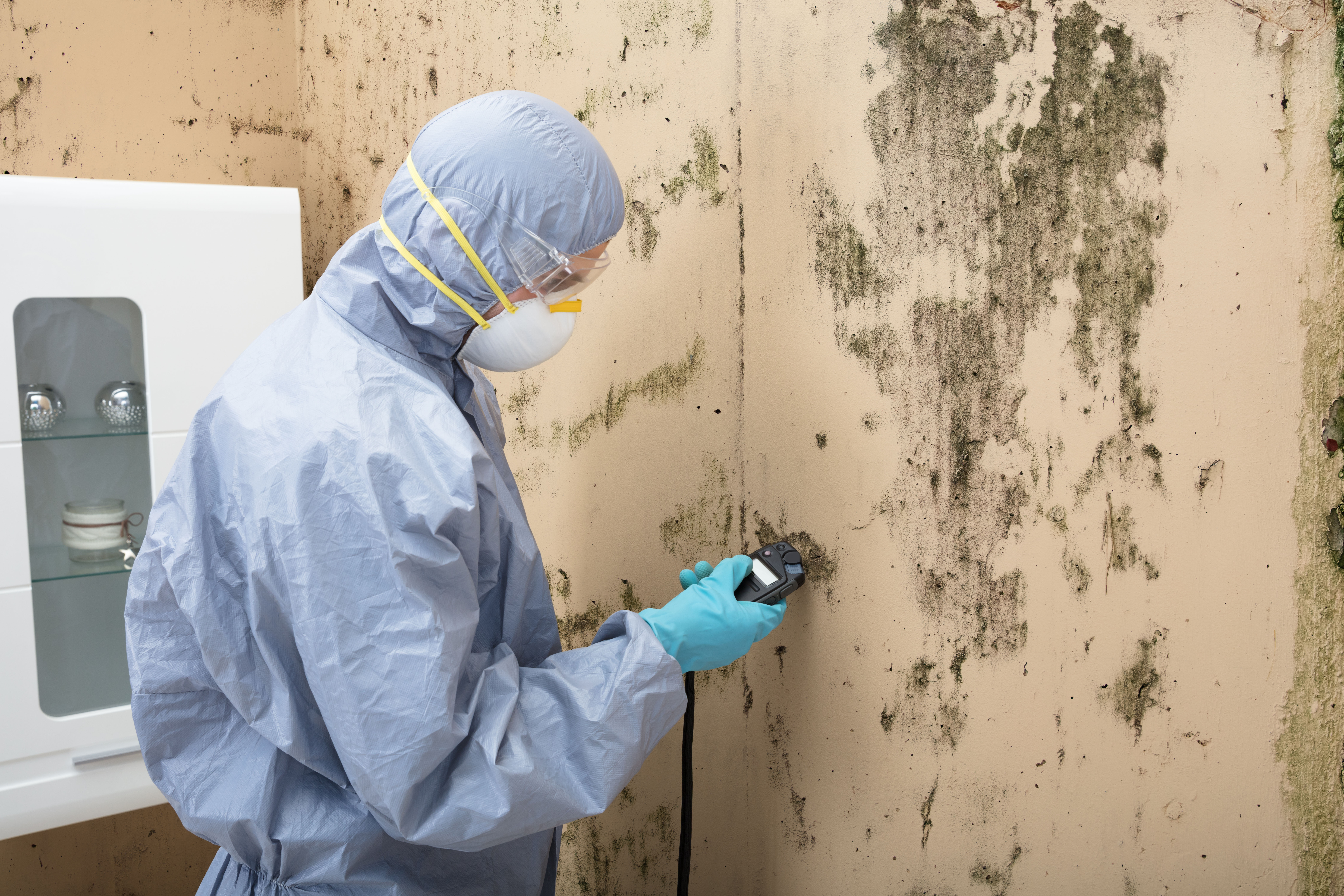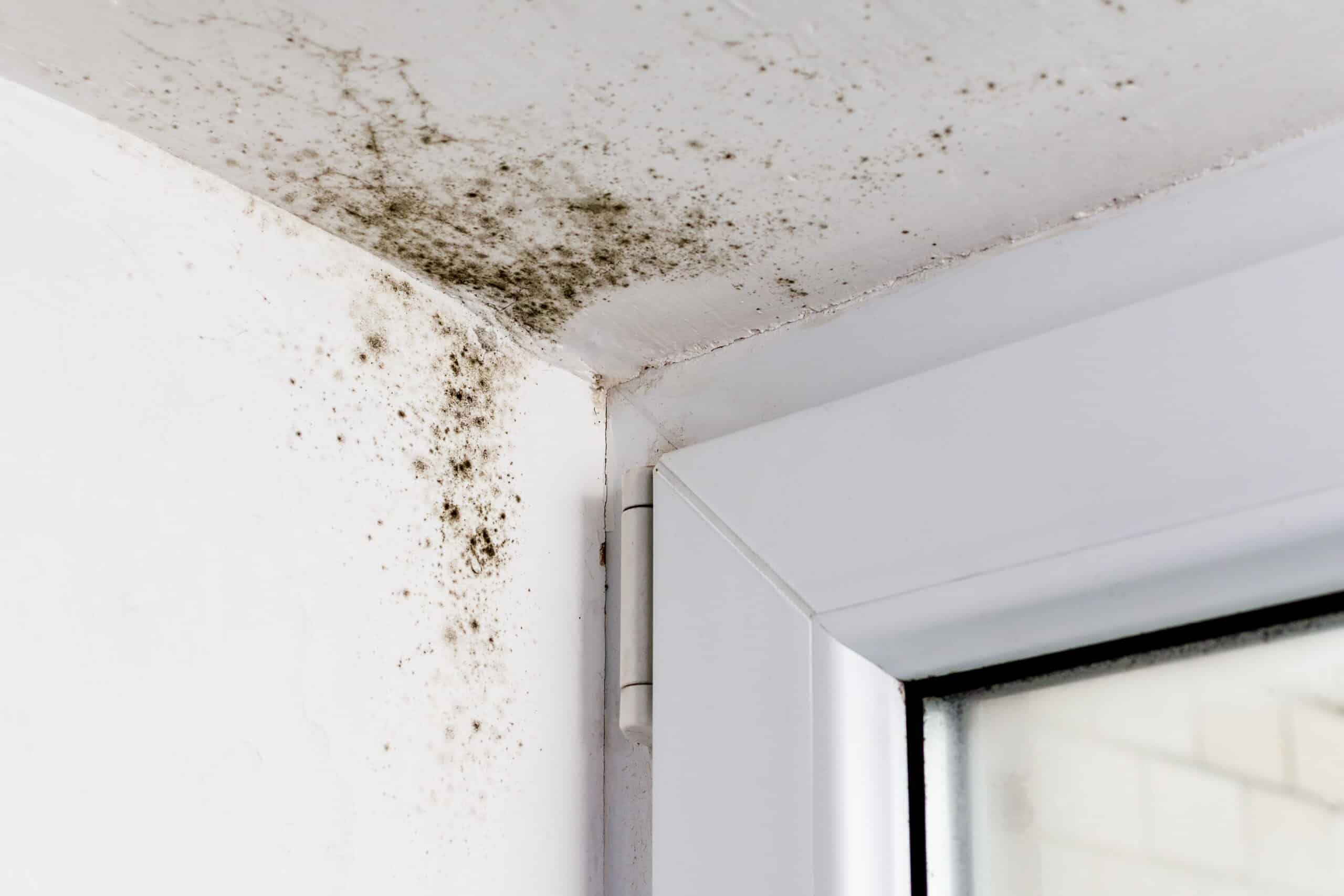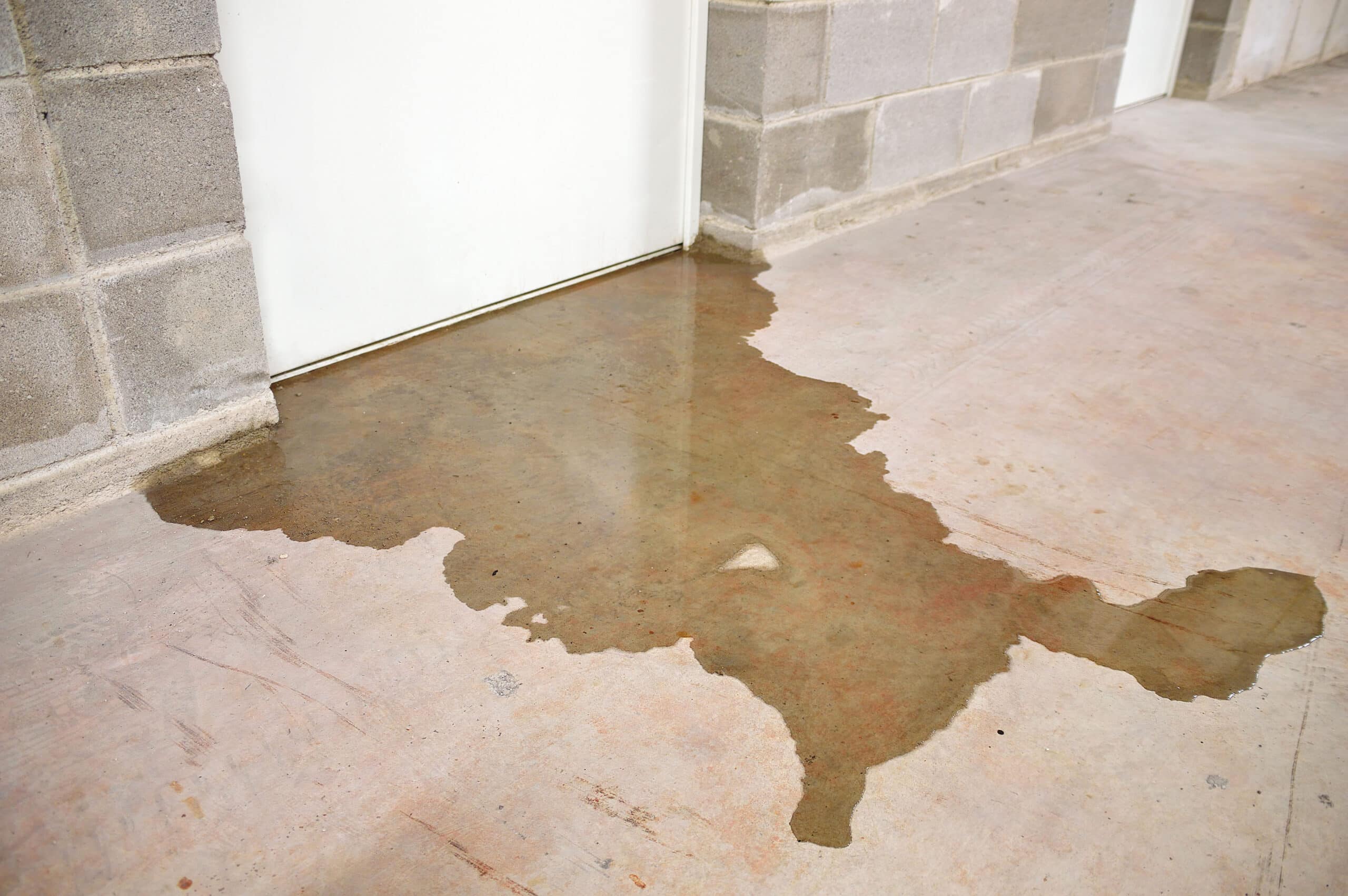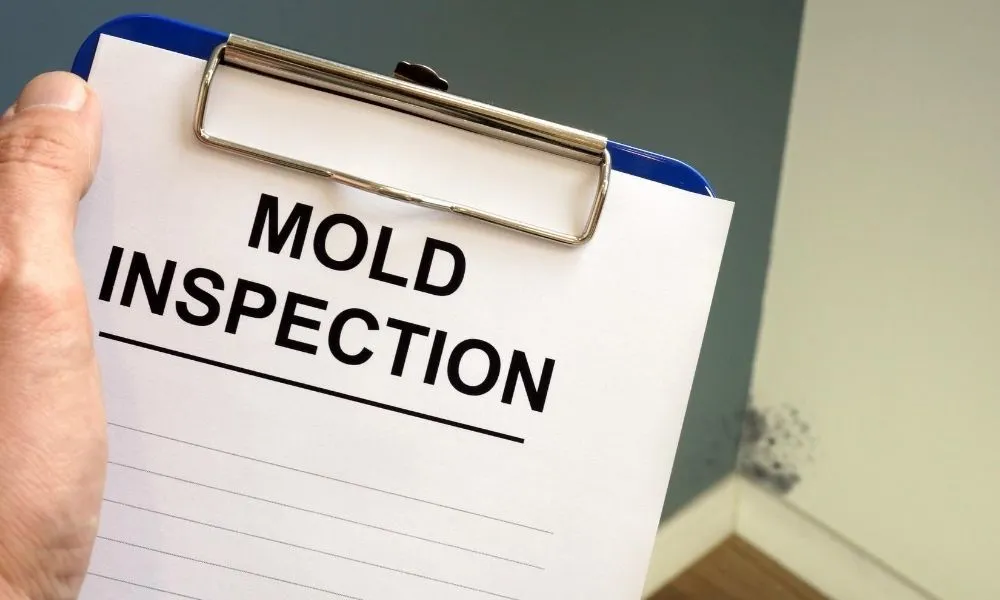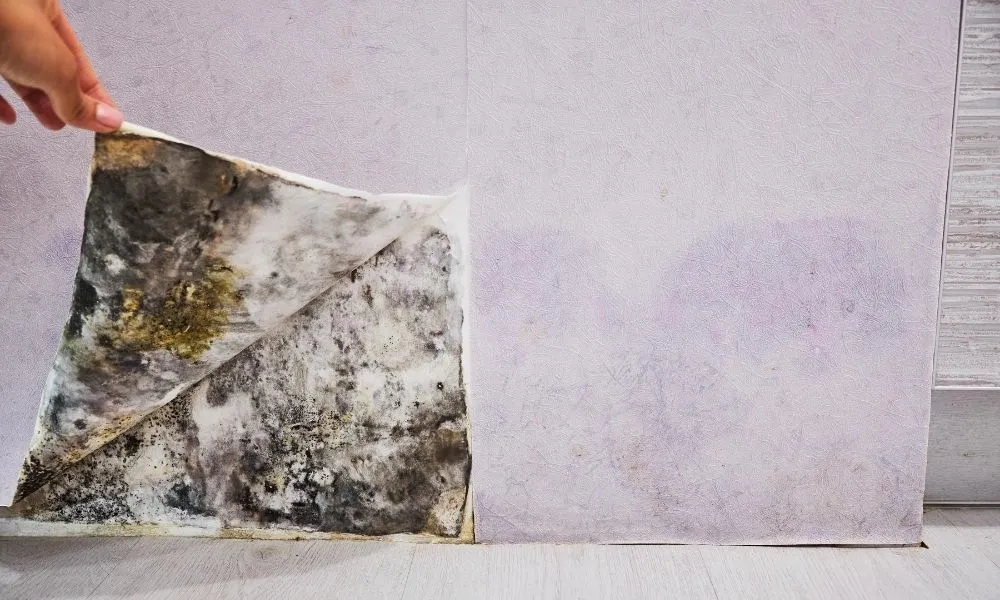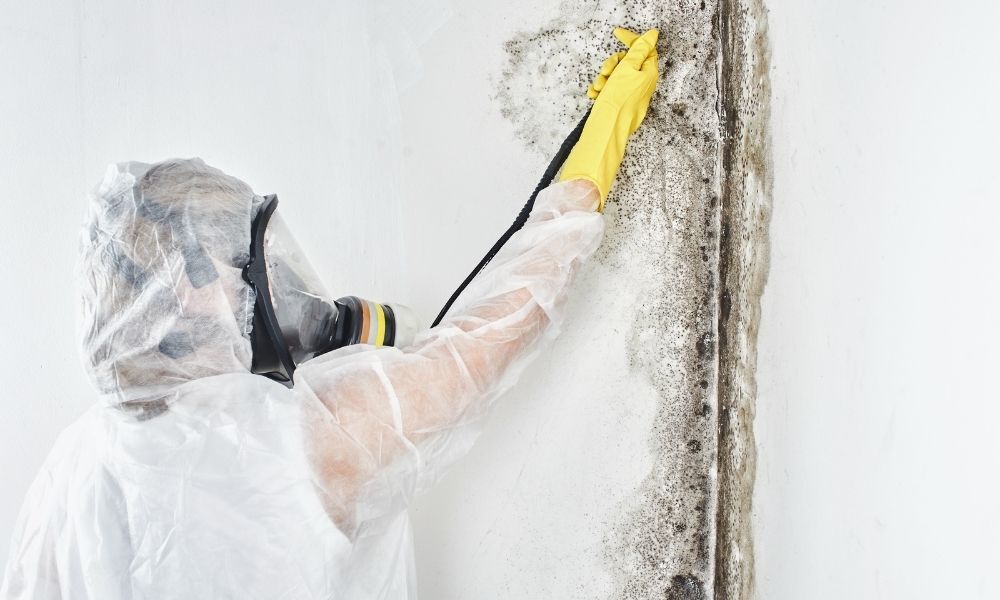
The Main Differences Between Mold and Mildew
It’s incredibly easy to mix up mold and mildew. They’re both a form of fungus that thrives in warm, wet areas. However, there are quite a few differences between these two harmful contaminants. To make sure your home is clean and safe, it’s important to understand which kind of fungi you’re dealing with and approach the problem accordingly. Let’s go over the main differences between mold and mildew, so you can learn how to identify and remove both types of fungi from your home.
Differences in Appearance
The first step in identifying whether you have mold or mildew is to examine the unusual growth’s appearance. Mildew grows in a flat pattern. It has a powdery or fluffy appearance. In terms of coloration, look for a patch of white, gray, or yellow fungus. Black and brown are commonly attributed to mold, but mildew can also turn these shades when it’s left undisturbed for too long. You’re most likely to find mildew laying on the surface of a moist area, such as on a cleaning towel, but you can also find it on the floors, walls or ceilings of rooms that suffer from high humidity, including bathrooms, kitchens, and basements. Mildew can even grow on food.
Mold, on the other hand, tends to grow in an irregular shape. It has a fuzzy or slimy appearance and can come in a wide variety of colors—blue, green, yellow, brown, black, or white. Mold is commonly found in areas that see large amounts of moisture, such as kitchens, bathrooms, attics, basements, or garages. Similar to mildew, you can also find mold growing on old food that’s been left out on the countertop or forgotten in the back of the fridge.
Differences in Effects
Another one of the main differences between mold and mildew is how they affect the surface they’re growing on and the people who are exposed to them. Mildew can damage food but will rarely affect other surfaces. The spores can cause people within the vicinity to cough, get a headache, or have trouble breathing.
The effects of mold tend to be more serious. Mold will eat away at the structure that it’s growing on. This can damage the structure severely or even permanently. Mold can also cause long-term health problems for people such as respiratory issues, heart problems, joint pain, migraines, fatigue, and depression. In people with mold allergies, it can cause congestion, sneezing, and irritation of the eyes, throat, and skin.
How Do I Get Rid of Mold and Mildew?
Removing mildew is simple, but removing mold is a little more complicated. To get rid of mildew, all you need is a mildew cleaner, a scrubbing brush, and the time and dedication necessary to give the affected areas a thorough clean. Mold, on the other hand, isn’t something that homeowners should tackle their own. You can prevent mold from growing using tried-and-true techniques, but removing it is something that should be left to the professionals.
If you’re in need of mold treatment in Stamford, Connecticut , Connecticut Mold can help. We’ll use high quality, state-of-the-art equipment, cleaning products, and efficient removal techniques to make your home or business mold-free. Contact us today to book our home or commercial sanitation services!

